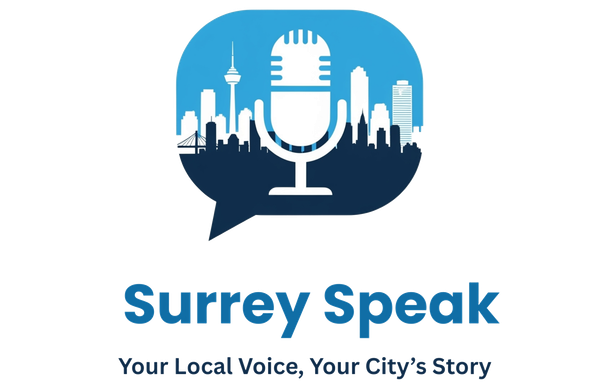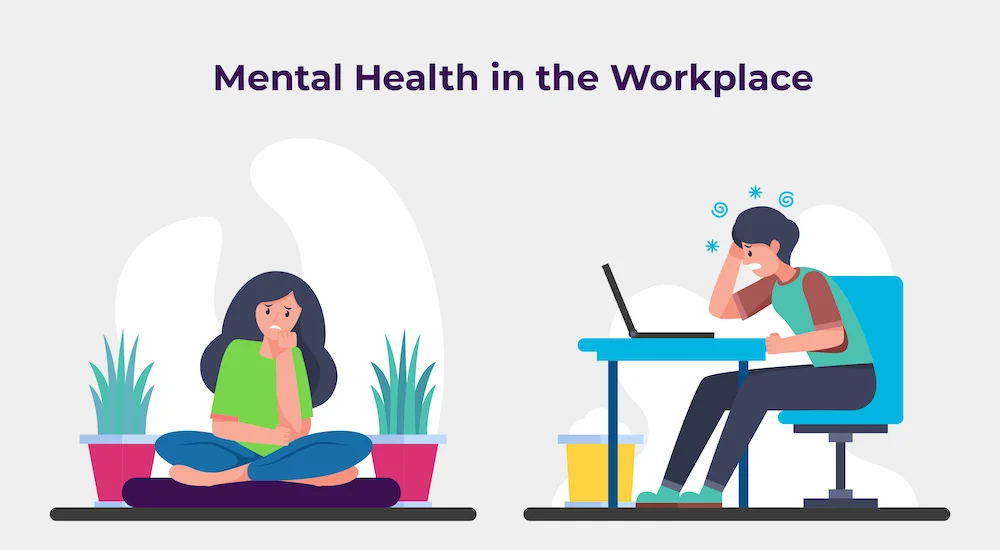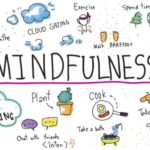Create your go-to mental health toolkit with easy, daily habits to manage stress, boost mood, and build resilience—no expert required.
Start Here: Why a Mental Health Toolkit Matters
Ever feel overwhelmed, anxious, or simply out of sync? You’re not alone—and you don’t need to wait for a crisis to take care of your mental well-being. Think of a mental health toolkit as your personal collection of strategies, habits, and resources that help you stay grounded and feel better. Like a first-aid kit, but for your mind.
What Is a Mental Health Toolkit?
A mental health toolkit is exactly what it sounds like—a set of tools that support your emotional and mental well-being. These tools help you deal with stress, regulate emotions, and create balance in your day-to-day life. Best of all, it’s completely personal. What works for one person may not work for another, so your kit should reflect you.
Step 1: Check In With Yourself Daily
The first tool in your kit? Awareness. Take a moment each day to check in with your emotions. Ask yourself:
- How am I feeling right now?
- What thoughts keep showing up?
- What do I need today—rest, connection, movement?
This daily self-scan helps you spot warning signs early and take action before stress piles up.
Step 2: Stock Up on Healthy Coping Tools
You don’t have to reinvent the wheel. Keep a few tried-and-true tools in your emotional toolbox, like:
- Deep breathing: Slows your heart rate and calms your nervous system.
- Journaling: Clears your mind and helps you spot patterns.
- Movement: Whether it’s yoga, a walk, or dancing in your room, physical activity boosts mood and reduces anxiety.
- Music: Create playlists for different moods—one for calming down, one to lift your spirits.
- Creative outlets: Art, writing, cooking, or anything that brings you joy.
Step 3: Know Your Go-To People
Mental health isn’t a solo journey. Include supportive people in your toolkit—friends, family, a therapist, or even online support groups. Sometimes, just texting someone “I’m having a rough day” can bring instant relief.
Step 4: Set Boundaries Like a Pro
Protect your energy by setting clear limits. It’s okay to say no. It’s also okay to take a break from social media, overwork, or draining conversations. Boundaries are a powerful form of self-respect.
Step 5: Have an Emergency Plan
When things feel too heavy, it’s smart to have a backup plan. Write down:
- A list of calming activities
- Emergency contacts
- Steps you can take when you feel overwhelmed
Think of it as your emotional “rainy day” plan.
Final Thoughts: Keep It Flexible and Personal
Your toolkit isn’t set in stone. It should grow and shift with you. Some weeks, meditation might work wonders. Other times, a walk with a friend does the trick. Pay attention to what helps—and what doesn’t.
Takeaway:
Your mental health matters every day—not just when things go wrong. By building a toolkit filled with simple, meaningful tools, you’re investing in yourself in the best possible way. So take a deep breath, open that imaginary box, and start using your tools. You’ve got this.


























